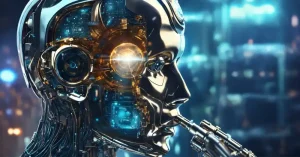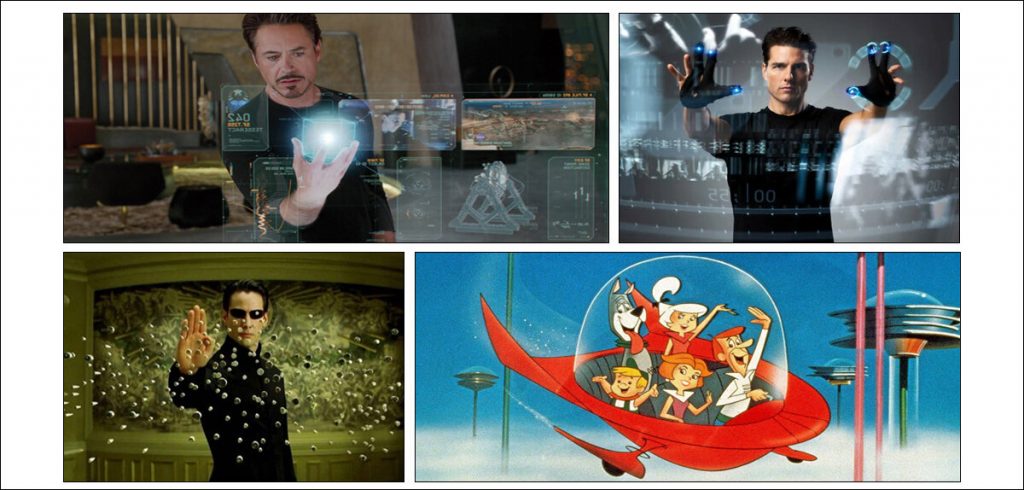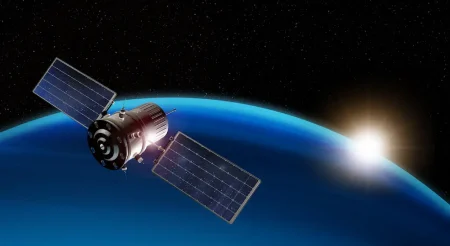Why is it that so much of technology seems to be inspired by science fiction movies? Adarsh takes a closer look at this.
If necessity is the mother of invention, imagination is most definitely the father!
A lot of inventions and creations that we use daily have in fact been inspired by science fiction movies. For example, the flip-phones were inspired by the communicators in the Star Trek series. Gesture-based computing first became a thing when Tom Cruise did it in Minority Report. Virtual Reality is inspired by the Matrix movies and tablet computers were first seen in 2001: A Space Odyssey.

Apart from inspiring future technology, these innovative gadgets become aspirational as well. For instance, how many of us saw Robert Downey Jr.’s character Tony Stark do gesture computing in Iron Man and wanted to do the same? Admit it, all of us wanted to wave around with our hands and make images and graphics move mid-air while also tossing the ones we did not want like an imaginary basketball into an imaginary trashcan!
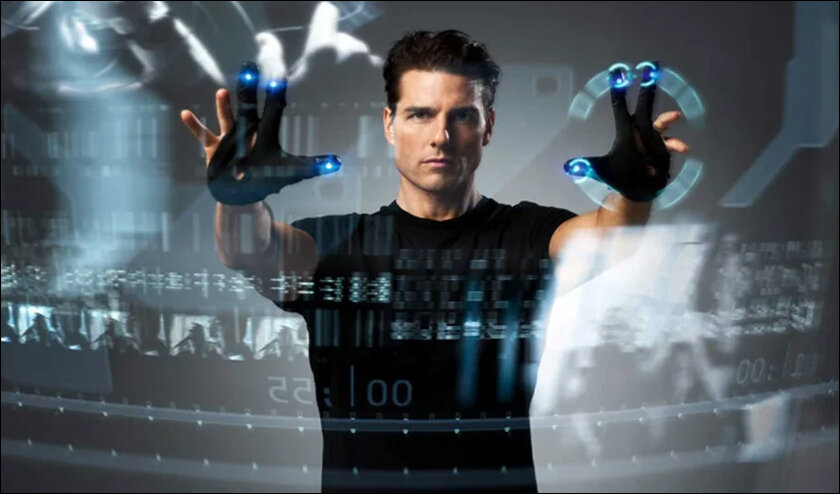
Well, the good news is that this will soon be possible!
A Japanese company called ITRI has created wearable glasses that allow you to mention computer displays mid-air and use them by simply touching your fingers against a projected screen. The screen will be invisible to everyone else but will let you see the real world through the floating images. The head-mounted display will react to human fingers using special sensors that detect the position of the fingers and select whatever is pointed at. Isn’t that exciting?
Where Science Fiction meets Scientists
Well, the fact of the matter is that a lot of tech companies look at movies for inspiration and go about making these gizmos. Because as awesome as these technologies seem, we can only realize our dream of using them if someone goes ahead and creates them. Considering how cult sci-fi movies become an integral part of pop culture, the tech giants realize that getting such gizmos into the market will amplify sales.
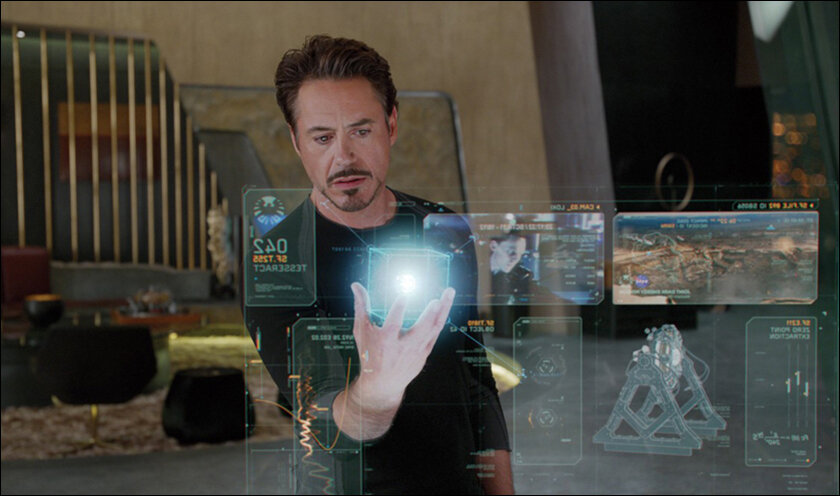
One of the reasons why science-based movies and books herald future technologies is that writers are not limited by present-day tech. They are free to let their imaginations run wild and produce futuristic gadgets which might realistically still be decades or even centuries away.
There is another reason for this. A study revealed that science fiction writers consult scientists when they are working on their scripts. While they do let their imaginations run wild, they also want to ensure the storytelling is as realistic as possible, so they seek advice from scientists about little-known inventions that are just around the horizon.
So, eventually when the movie comes out and soon enough when the invention comes to life, it seems like the movie predicted the invention.
The Impact of Fiction on Fact
Until recently, it would have been quite difficult to assess the exact impact of science fiction on factual science but Philipp Jordan and his colleagues at the University of Hawaii have produced a solution for that.
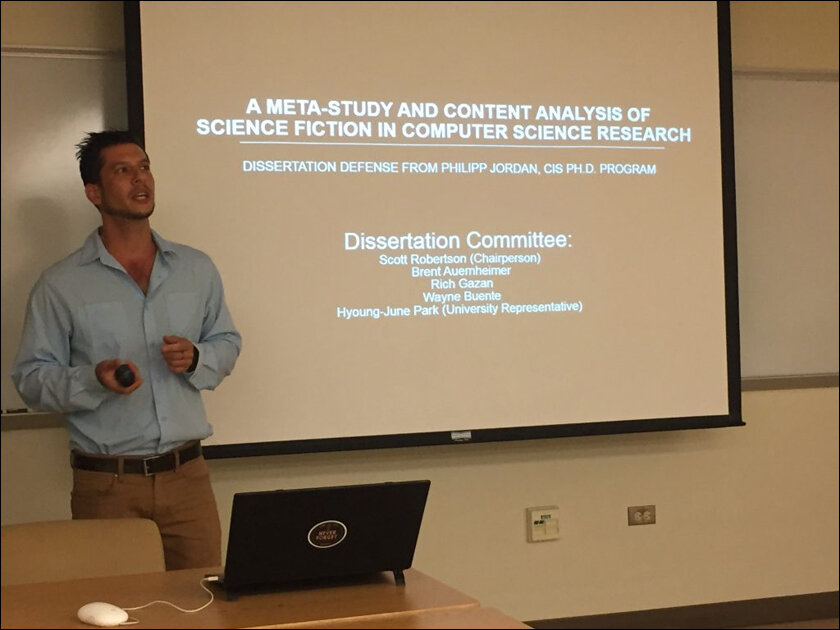
They studied how researchers involved in human-computer interaction use science fiction in their work. And they learnt that not only is science fiction playing a significant role, but its impact is also on the rise. Their method is based on papers given at the ACM Conference on Human Factors in Computing Systems. The team searched the papers published since 1982 for science-fiction-related terms and then categorized the results.
The result showed that researchers use science fiction in several ways. One is for theoretical design research. Another is to explore new forms of human-computer interaction, which researchers increasingly think is shaped by science fiction books and films. There is also the study of human body modification, which is best explored via the medium of fiction.
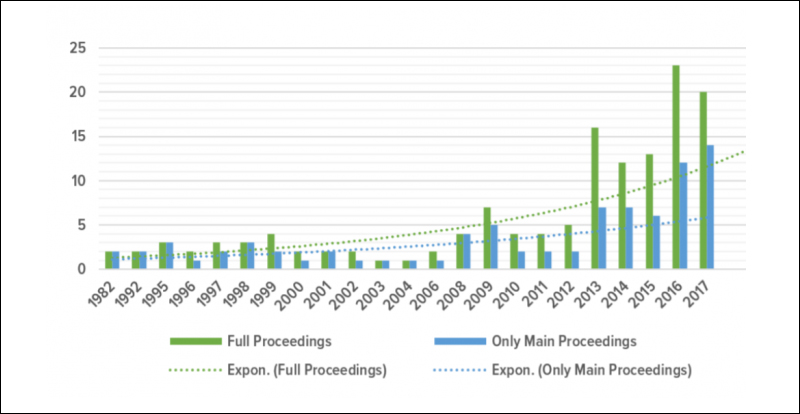
“Sci-fi movies, shows or stories do provide an inspiration for the foremost and upcoming human-computer interaction challenges of our time, for example through the discussion of shape-changing interfaces, implantable or digital afterlife ethics,” says Jordan.
But the team’s most significant finding is that the role of science fiction is changing. Researchers clearly mention it more often today than at any time in the past. And this data is likely to be just the tip of the iceberg. That is a small step toward better understanding the complex relationship between the way humans imagine the impact of technology and the way it occurs in reality.
Tech companies these days are increasingly employing futurists who use science fiction as a medium for exploring potential new technologies and their social impact. They call this science fiction prototyping.
The Final Word
Considering that being scientific futurist is an actual profession and science fiction prototyping is an actual field, one can only imagine what the future holds.
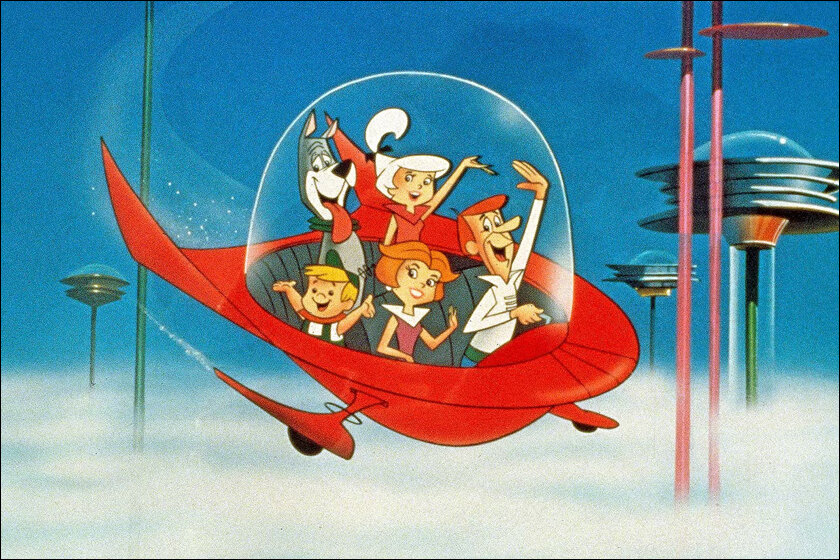
As kids growing up, we might have marvelled at The Jetsons and wondered when such an age would transpire but from the looks of it, it could very well happen in our lifetime!
In case you missed:
- India’s Tech Renaissance: From Follower to Global Trendsetter
- OpenAI is now Focussing on Superintelligence!
- Should Chatbots have Rights? Ethicality vs Practicality
- SpaceX’s Starship: A Heavy-Lift Future for 2026
- Target, NVIDIA Best Tech Workplaces in India, Amazon, InMobi among Worst
- Mary Meeker’s AI Report: ChatGPT is Growing Faster than Google Search
- Microsoft’s 2025 Work Trend Index reveals the rise of Frontier Firms
- ChatGPT for Cyber Espionage: North Korea’s AI-Driven Phishing Campaign
- Inside Landfall: The Spyware that Hijacked Galaxy Phones without a Click
- Grok 3 vs ChatGPT: Which One Should You Pick & Why?


